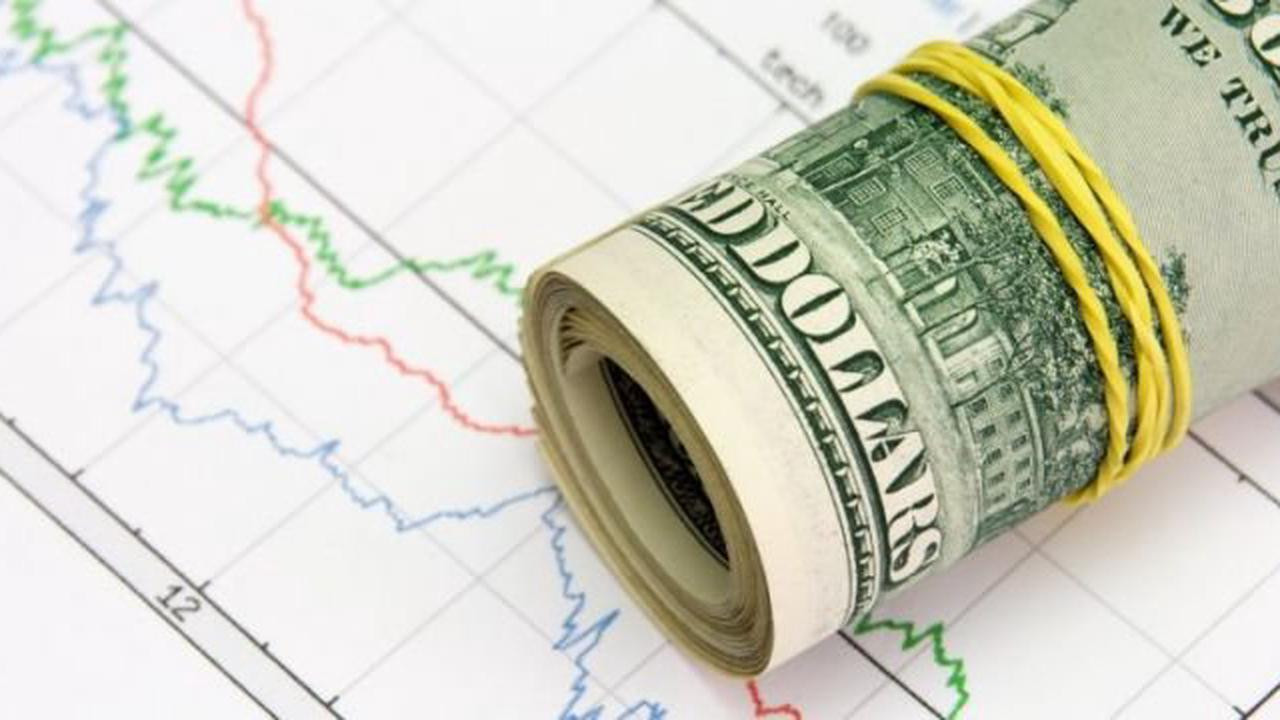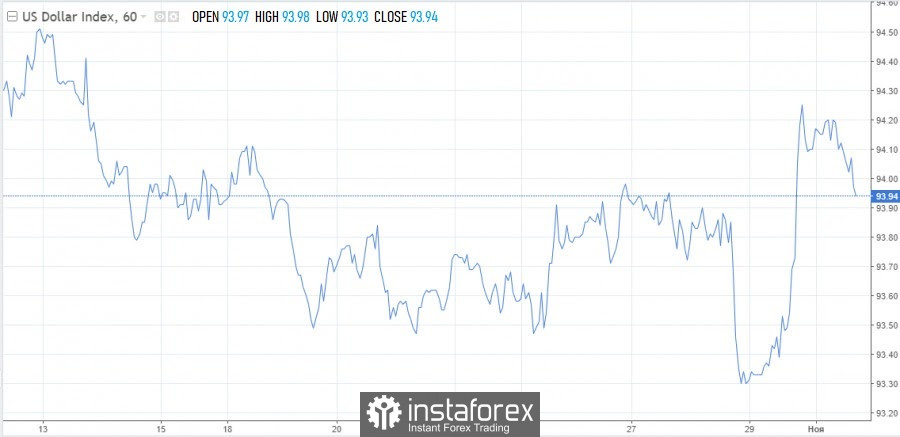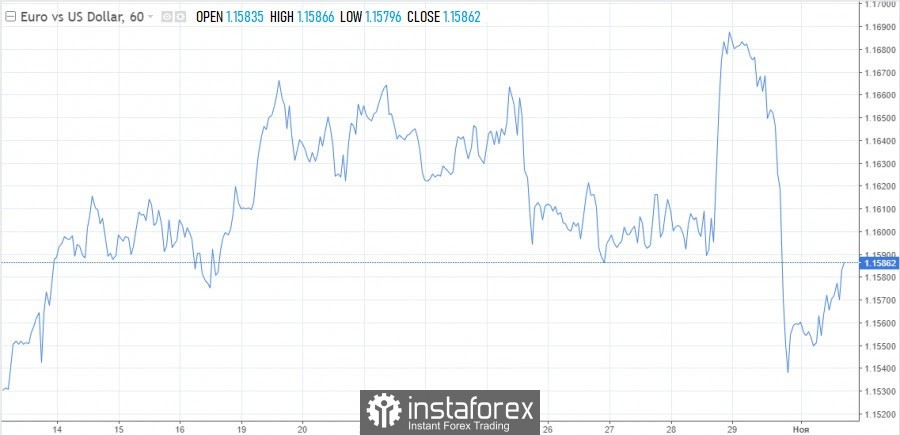
The dollar index is trading lower on Monday intraday, but judging by Friday's movement, the bulls have not lost control of the situation at all. As anticipated earlier, the dollar's decline is just a tactical retreat and temporary difficulty. The greenback is a tough nut to crack, the fact that it jumped 1% against the euro at the end of the last trading session just speaks of its unconditional strength.
Now there is no point in dragging the dollar further up. Traders will be cautious ahead of the biggest events this week - the Federal Reserve meeting, from which the markets are expecting a belated reduction in stimulus, and the publication of the monthly labor market data.
To confirm the trend, traders will most likely wait for the EUR/USD pair to fall below local lows around 1.1530. The euro almost reached this level the day before, at the moment the decline reached the level of 1.1540. Today the pair has grown slightly, which, in fact, is facilitated by the consolidation of the dollar in the area of Friday's highs.
This environment should be favorable for the dollar's further growth. The dollar index may receive support from bulls and head towards 97.50. The EUR/USD pair, therefore, may collapse to the 1.1200 area. At what development of the scenario can we expect such a growth in the dollar?

So, the two-day meeting of the US central bank is expected to end with the announcement of the termination of the purchase of bonds, which is currently worth $120 billion per month. QE should be completely phased out by the middle of next year. These forecasts are already included in the quotes. Therefore, investors will be watching closely for comments that will adjust these expectations. It is precisely these changes that can radically change the current picture in the markets.
Judging by Friday's statistics, changes in the tone of the regulator may well occur. Prices for personal consumer spending (an important indicator for the Fed) jumped 4.4% over the year. These are the fastest growing rates over the past few years. Against this backdrop, the yields on short US bonds jumped sharply, and analysts at Goldman Sachs raised their forecast for the first Fed rate hike. Now the bank expects to tighten the policy by July next year.
New expectations served as an impetus for the dollar's growth at the end of last week, if market players hear something similar from the Fed officials, then it will be difficult to stop the dollar. In any case, the greenback is now on the verge of an important stage, the risks of volatility should increase significantly ahead of the historic meeting.
Another important event for the dollar, as we noted above, will be the final report on the labor market for October. Previous reports were rather weak, so market players are quite anxiously awaiting the new publication of the indicator. The growth of new jobs is expected to be within 400,000, which is twice more than in September and than the average long-term rise. It is possible that the October payrolls will turn out to be even more positive. The end of additional payments to the unemployed and increased inflation could stimulate an inflow into the ranks of the employed.
Until Wednesday, no big moves are expected in the EUR/USD pair. The euro is likely to correct rather than decline. If the quote continues to trade in the range of 1.1530-1.1585 on Tuesday, it is quite possible that the new low will be updated before the Fed meeting.

The euro is too tough for the dollar, which looks more ambitious and attractive anyway. The Fed is ready to tighten monetary policy, and the ECB has maintained a dovish position, despite the expected further acceleration of inflation.
Support is marked at 1.1525, 1.1505, 1.1425. Resistance - at 1.1635, 1.1690, 1.1725.





















